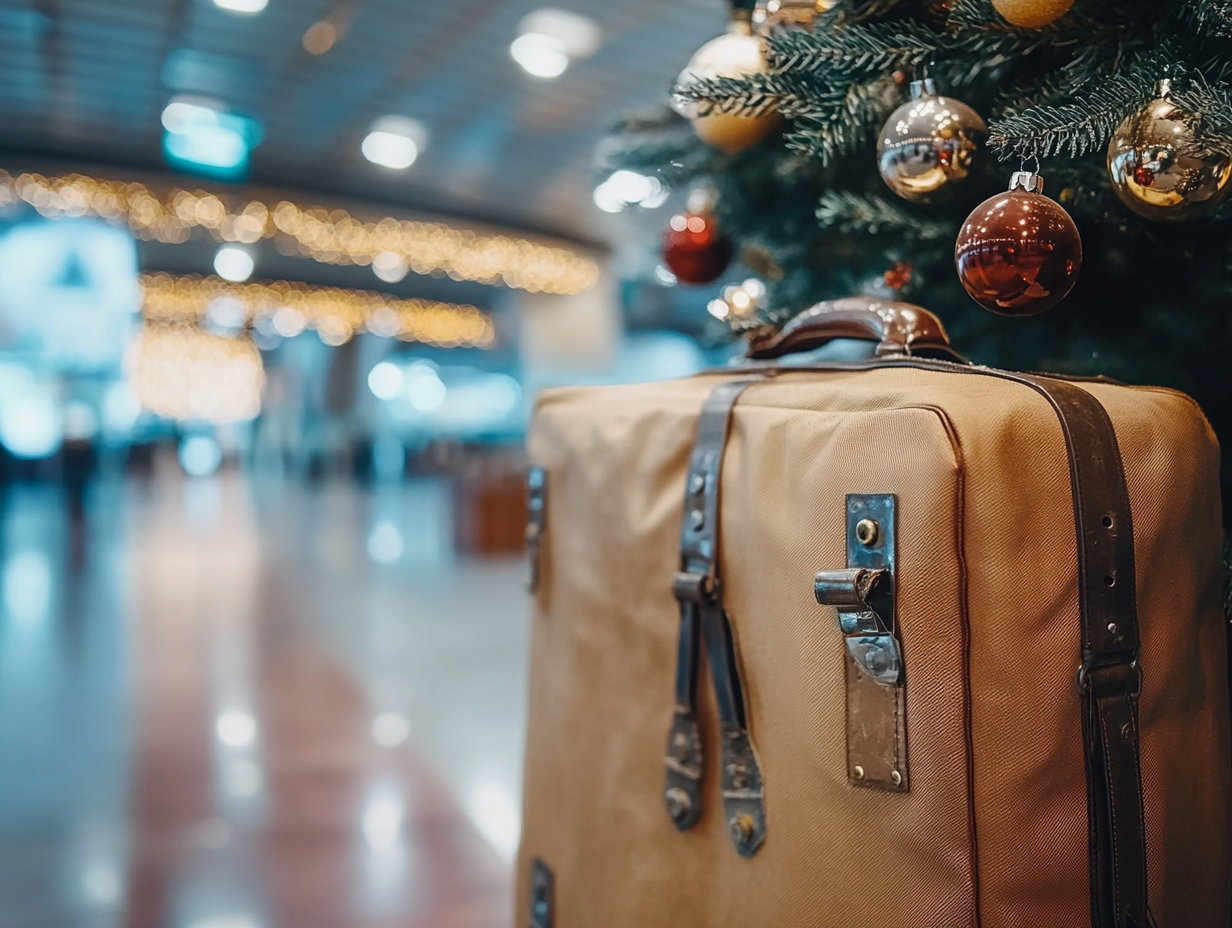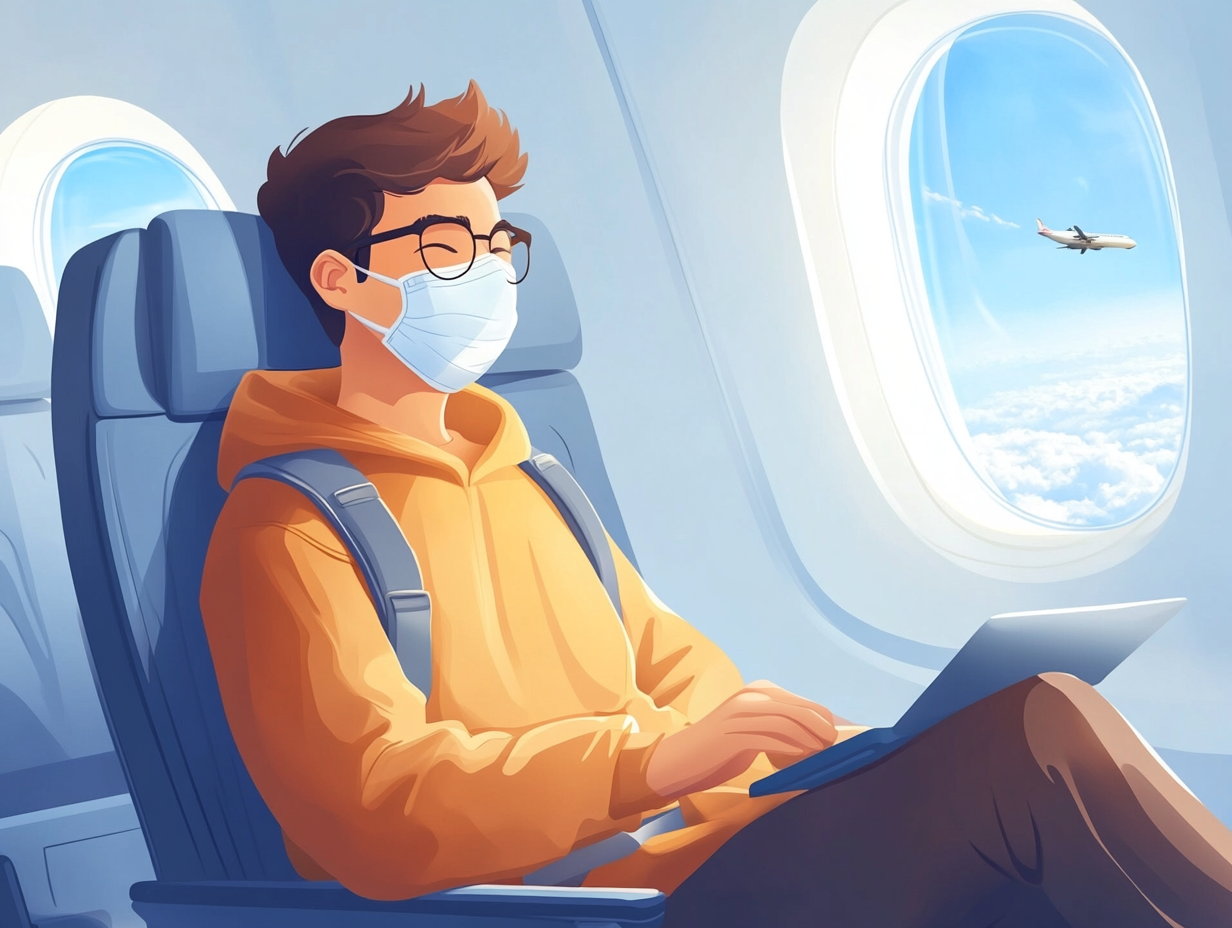With sustainable tourism gradually gaining grounds, many travel destinations are making efforts to offer experiences that are both enjoyable and environmentally responsible. Europe too offers a range of eco-friendly destinations that combine the best mix of breathtaking natural beauty with green initiatives. From car-free cities to preserved natural reserves, here are five must-visit destinations for the eco-conscious traveler. These destinations show how some of the places serve as an example of sustainability, offering travellers the chance to explore while minimising their environmental footprint.
1. Copenhagen, Denmark
Often regarded as the world’s most sustainable city, Copenhagen leads the way with many eco-friendly initiatives. The city has an extensive cycling network, with bikes being the preferred mode of transport for locals and visitors alike. Its commitment to green energy is evident in landmarks like the offshore wind farm visible from the iconic Nyhavn harbor.
2. Ljubljana, Slovenia
This well-known travel destination was awarded Europe’s Green Capital in 2016, because of its initiatives to reduce its environmental impact. The ancient centre of this quaint city, which is mostly powered by renewable energy, is car-free. Paddleboarding and kayaking are great eco-friendly activities on the Ljubljanica River, which flows through the city. Triglav National Park is a magnificent natural region just outside the city boundaries that is ideal for trekking and wildlife observation.
3. Amsterdam, Netherlands
Amsterdam is synonymous with cycling, making it one of the most eco-friendly urban destinations in Europe. Beyond its bike-friendly streets, the city prioritises sustainability through initiatives like eco-friendly houseboats and solar-powered ferries. Amsterdam’s sustainable food scene is growing rapidly, with many restaurants focusing on locally sourced and plant-based menus. Visitors can also explore green spaces like Vondelpark or take a guided eco-tour of the city’s canals.
4. Freiburg, Germany
Freiburg, dubbed Germany’s “Green City,” is a shining example of sustainable urban living. It has a football stadium and municipal hall that are powered by solar energy. Its vast public transit system powered by a combination of solar energy and electricity is noteworthy. The sustainable architecture of Freiburg’s neighbourhoods, like Vauban, is evident in the presence of community gardens and energy-efficient residences. Hiking routes and nature conservation trips are among the environmentally friendly activities available in the neighbouring Black Forest.
5. Reykjavik, Iceland
Reykjavik is a leader in renewable energy, with nearly 100% of its power coming from geothermal and hydroelectric sources. Visitors can indulge in eco-friendly activities such as soaking in natural hot springs or exploring volcanic landscapes. Sustainable whale-watching tours and locally sourced Icelandic cuisine are highlights for travellers who care about preserving the environment.



